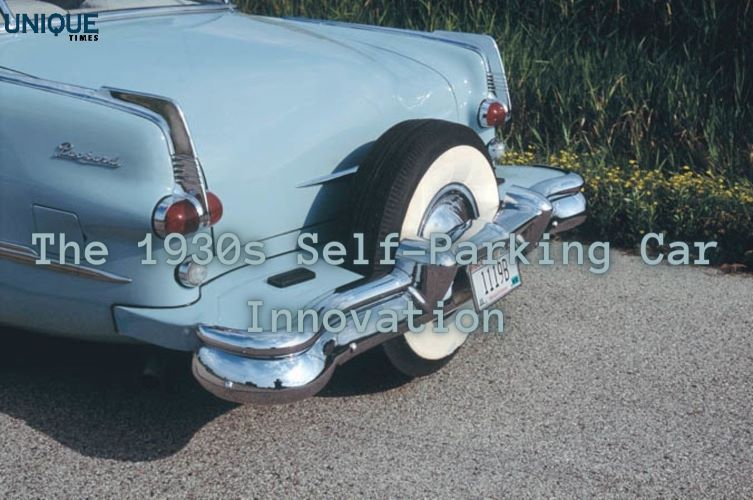The Surprising Innovation of 1930s Self-Parking Cars

When we think of self-parking cars today, we often envision cutting-edge technology that uses sensors and computer algorithms to effortlessly glide our vehicles into tight parking spaces. However, the concept of self-parking cars is not as new as you might think. In fact, back in the 1930s, there were self-parking cars that allowed drivers to parallel park with ease, thanks to an ingenious invention known as the “fifth wheel.”
The Birth of Self-Parking Technology
In the early 1930s, parallel parking was already a challenging task for many drivers. Navigating into tight spaces without the aid of modern technology required skill and precision. It was during this era that inventive minds sought to simplify the process and make parking more accessible to all.
The Fifth Wheel Solution
Enter the “fifth wheel.” This clever addition to cars of the time consisted of a small, retractable wheel mounted on the rear bumper. The purpose of this wheel was simple yet brilliant: it could be lowered to the ground, allowing the car to move sideways. Essentially, it turned the vehicle into a kind of automotive crab, allowing for effortless parallel parking.
How It Worked
Using the fifth wheel was surprisingly straightforward. When a driver approached a parallel parking space, they would lower the fifth wheel, which could be controlled from inside the car. With the fifth wheel engaged, the driver could move the car sideways into the parking space with ease, eliminating the need for multiple forward and backward maneuvers.
The Popularity of Self-Parking Cars
The introduction of self-parking cars with the fifth wheel quickly gained popularity. It was seen as a remarkable technological advancement, making parallel parking a breeze even for those with limited driving experience. The innovation was especially appreciated in crowded cities where parking was at a premium.
The Evolution of Parking Technology
While the concept of the fifth wheel was groundbreaking in its time, it eventually faded into obscurity as technology advanced. Today, we rely on sensors, cameras, and sophisticated algorithms to achieve self-parking functionality. These modern systems can detect parking spaces, measure distances, and steer the car into position, all without the need for a fifth wheel.
Conclusion
The history of self-parking cars is a fascinating journey through automotive innovation. While we may take for granted the convenience of self-parking technology in our vehicles today, it’s essential to remember the ingenious solutions of the past, such as the fifth wheel, that paved the way for the advanced parking features we enjoy today. The next time you effortlessly parallel park your car, you can thank the inventors of the 1930s for their pioneering spirit and clever innovations.
Picture Courtesy: Google/images are subject to copyright








